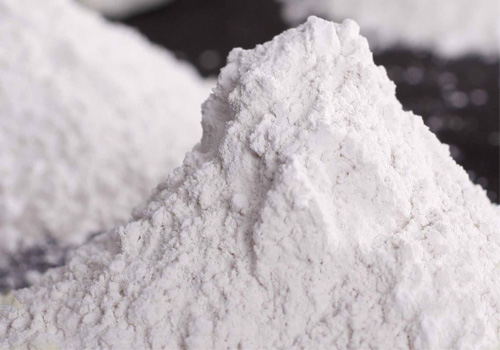SHMP
SHPM : Sodium Hexametaphosphate
Synonyms: Graham’s salt Tech Grade CAS No.: 10124-56-8
Molecular Structure: Hazard Class: Non-dangerous
items Typical characteristics
Appearance White powder or Particle
Total phosphate(Counted with P2O5) (Counted with P25) Content, percent : ≥68.00 percent Non-active phosphate(Counted with P2O5) (Counted with P2O5) Content, percent : ≤7.50 Water insolubilities Content, percent : ≤0.06 Iron (Fe) Content percent : ≤0.005 PH: 5.8-7.3
Application
Used as a sequeatering, dispersing, deflocculating agent, and as a coating agent to generate a thin
passivating surface that protects metals from corrosion; Industrial water treatment;
SHMP can be used in constantly regenerated industrial water as a softener;
Sodium Hexametaphosphate is utilized in the textile industry for industrial cleanning and as dispersion in pigmenting and dyeing processes.
SHMP is also employed in oil well drilling.
SHPM : Sodium Hexametaphosphate

SHMP
SHMP Advantages for Paint Applications
Sodium Hexametaphosphate‘s outstanding brushability is one of its benefits for paint applications. When applied at 2% concentrations, it is quite fluid and imparts a prominent flow mark on the paint. It gets viscous and automatically levels out at 6% concentrations. Under gravity, the paint also preserves its original shape. Here are some of the advantages of SHMP for paint applications:
Sodium Hexametaphosphate content in paint was 0.015 x 10-3 mol/L. A mixture of calcite and scheelite was treated with sodium oleate, a common collector. The molar ratio of Sodium Hexametaphosphate to H3Cit produced the greatest difference in floatability between scheelite and calcite, as well as being the best ratio for flotation separation.
In the presence of depressants, both minerals float, and their molar ratios should be adjusted correspondingly. Sodium Hexametaphosphate was found to reduce the floatability of calcite and scheelite in paint in this investigation. Although a depressive effect is advantageous, this method is ineffective for high-grade calcite. The process of high-grade beneficiation is more efficient and cost-effective.
Calcite and scheelite’s sulphide and silicate composition influences flotation. They co-adsorb with calcite when coupled with a solvent. Sodium Hexametaphosphate, on the other hand, reduced the potential of calcite. Its effects on calcite and scheelite floatability are addressed further below.
Higher Sodium Hexametaphosphate concentrations diminish the entrainment factor. The degree of entrainment decreased dramatically in the presence of increased Sodium Hexametaphosphate. The tailings’ dolomite content dropped as entrainment was reduced. When designing a reagents regime, the influence of Sodium Hexametaphosphate on mineral floatability should be taken into account.
Sodium Hexametaphosphate, a mixed depressant, is more effective at improving mineral floatability.
The EF drops as SHMP dosage increases, showing that the concentration of Sodium Hexametaphosphate diminishes froth stability. As Sodium Hexametaphosphate dosage is increased, the dynamic stability factor falls, increasing the rate at which bubbles break.
This combined depressant reduced scheelite’s potential. The decrease,demonstrating that it is selectively depressive to calcite.
Water glass adsorption of SS has a major effect on the mineral surface in alkaline settings. Sodium Hexametaphosphate reduces the zeta potential of calcite under these conditions.
With decreasing ionic strength, the rate of colloid deposition rises. The ionic strength of a mixed-colloid solution ranges from 10-2 to 10-4 M. At low ionic strengths, amino-silane-modified sand grains exhibit the highest rate of colloid deposition. The effectiveness of deposition decreases as ionic strength increases.
The degree of chemical heterogeneity raises the rate of colloid deposition. Increasing l to 10% increases deposition rate by an order of magnitude.
the amount of Sodium Hexametaphosphate in the slurry will affect its ability to cling to teeth. A typical dispersion agent is sodium hexametaphosphate. It is water soluble and has strong anti-corrosion qualities. SHMP (sodium hexametaphosphate) is also commonly used in the manufacture of paints, coatings, and photos. The chemical keeps colours distributed while preventing spots on the film.
Sodium hexametaphosphate is a white powder that dissolves in water and contains six phosphate units. It is commonly used in food, dairy goods, and personal care products. The taste of the chemical, on the other hand, is not an issue. The capacity to bind metal ions is the most intriguing aspect of its application. It’s also utilized in the manufacture of baking powder.
SHMP
Sodium Hexametaphosphate , Sodium Hexametaphosphate price, Sodium Hexametaphosphate supplier, Sodium Hexametaphosphate manufacturer
